Nutrition for Cancer
Prepare for Treatment
Did you know that by adjusting your nutrition you can feel better and stay stronger during cancer treatment? Both the cancer and the cancer treatment can affect your appetite, your ability to tolerate foods, and your body’s ability to utilize nutrients. By having a dietitian or nutritionist on your treatment team, you’ll be better prepared to cope with side effects and meet your nutrition needs during this difficult time.
Weight Management
 Some cancer treatments can lead to weight loss while others can lead to weight gain. Weight loss may be due to a loss of appetite and/or an inability to tolerate food, while weight gain may be related to fluid retention, increased appetite and/or decreased physical activity. If cancer treatment is making it difficult for you to manage your weight, ask an dietitian or nutritionist to join your treatment team. You won’t regret it!
Some cancer treatments can lead to weight loss while others can lead to weight gain. Weight loss may be due to a loss of appetite and/or an inability to tolerate food, while weight gain may be related to fluid retention, increased appetite and/or decreased physical activity. If cancer treatment is making it difficult for you to manage your weight, ask an dietitian or nutritionist to join your treatment team. You won’t regret it!
Complementary and Alternative Treatments
Many herbs and other supplements are marketed to people who are going through cancer treatment. Always talk to your oncologist before adding any herbs or supplements to your treatment regimen. Some herbs and supplements can cause harmful side effects and interfere with proven cancer treatments such as chemo and radiation.
For a detailed description of herbs and supplements and any evidence supporting their effectiveness and safety, visit nccam.nih.gov/health/atoz.htm. Your oncologist and a dietitian/nutritionist can help you sort through this information and make an informed decision about whether or not take any herbs or other supplements.
Kristy Richardson is a dietitian and exercise physiologist, specializing in sports nutrition and weight management, She is the founder of OC Nutrition and also works as a nutrition professor at Fullerton College.
References
American Cancer Society (2012). Nutrition for the Person with Cancer During Treatment: A Guide for Patients and Families. Retrieved November 4, 2013, http://www.cancer.org/acs/groups/cid/documents/webcontent/002903-pdf.pdf.
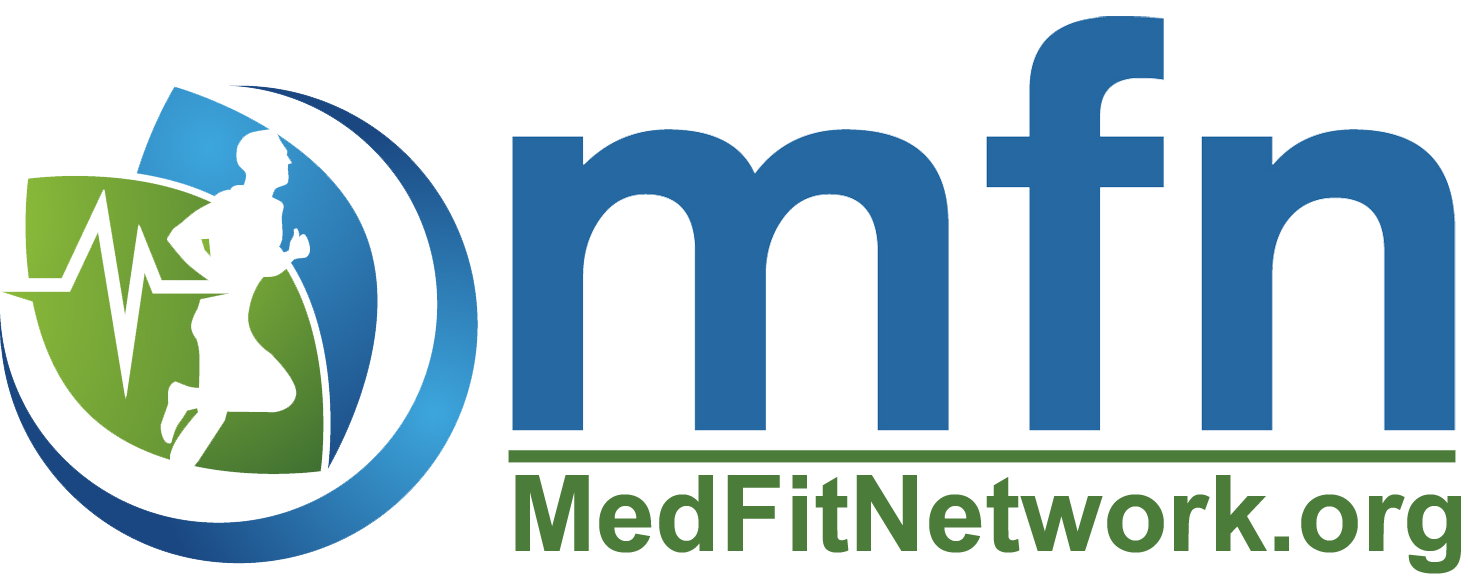


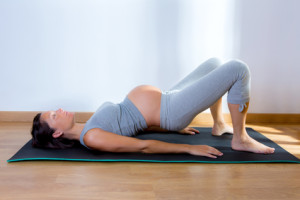 The understandable fear (due to things like decreased oxygen supply to the baby) that existed with pregnancy & exercise years ago is no longer warranted. Because of substantial research, it is now safe for women to continue or start exercising while pregnant. As long as she gets approval from her doctor & seeks out a qualified and certified fitness professional, she should be confident in knowing that the recommendations below will help her.
The understandable fear (due to things like decreased oxygen supply to the baby) that existed with pregnancy & exercise years ago is no longer warranted. Because of substantial research, it is now safe for women to continue or start exercising while pregnant. As long as she gets approval from her doctor & seeks out a qualified and certified fitness professional, she should be confident in knowing that the recommendations below will help her.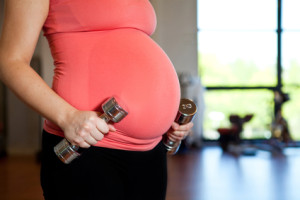 4. Weight Training Exercise: Circuiting training has shown to be very effective for mother’s to be throughout their entire pregnancy. These include exercises that work the entire body and can be performed back to back with little rest in between. I recommend exercises that work the following muscles: legs, chest, back, shoulders and arms. They can be done 2-3 days/week, 1-2 sets of 12-15 reps. The rest period can be in between 45-75 seconds.
4. Weight Training Exercise: Circuiting training has shown to be very effective for mother’s to be throughout their entire pregnancy. These include exercises that work the entire body and can be performed back to back with little rest in between. I recommend exercises that work the following muscles: legs, chest, back, shoulders and arms. They can be done 2-3 days/week, 1-2 sets of 12-15 reps. The rest period can be in between 45-75 seconds.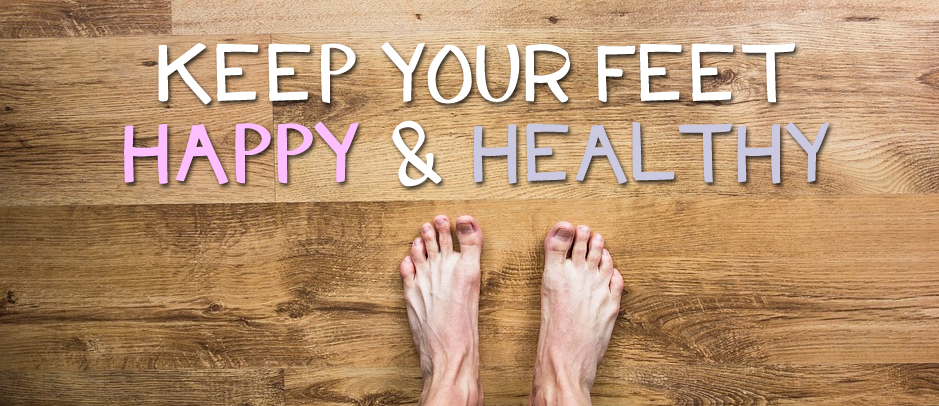
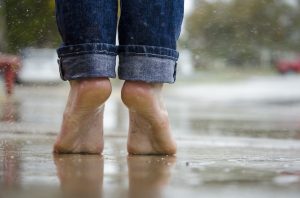 It’s pretty amazing that we all don’t suffer with achy feet. Leonardo Da Vinci, artist and engineer, said that “the human foot is a masterpiece of engineering and a work of art”. According to The American Academy of Orthopedic Surgeons, each foot has approximately 100 working parts including 26 bones and 33 joints. Twenty-five percent of all the bones in your skeleton reside in your feet, and they work hard. One mile of walking places over 60 tons of stress on each foot. The average person walks approximately 1000 miles per year. Serious runners often log 30 miles per week pounding their feet with forces 3 to 5 times body weight, absorbing 110 tons per foot, for each mile they run. It’s no wonder that 20% of all musculoskeletal related office visits involve the foot and ankle area. Foot problems cost the U.S. approximately 3.5 billion dollars a year. Perhaps Leonardo should have also warned us that artistic and durable do not often go together.
It’s pretty amazing that we all don’t suffer with achy feet. Leonardo Da Vinci, artist and engineer, said that “the human foot is a masterpiece of engineering and a work of art”. According to The American Academy of Orthopedic Surgeons, each foot has approximately 100 working parts including 26 bones and 33 joints. Twenty-five percent of all the bones in your skeleton reside in your feet, and they work hard. One mile of walking places over 60 tons of stress on each foot. The average person walks approximately 1000 miles per year. Serious runners often log 30 miles per week pounding their feet with forces 3 to 5 times body weight, absorbing 110 tons per foot, for each mile they run. It’s no wonder that 20% of all musculoskeletal related office visits involve the foot and ankle area. Foot problems cost the U.S. approximately 3.5 billion dollars a year. Perhaps Leonardo should have also warned us that artistic and durable do not often go together.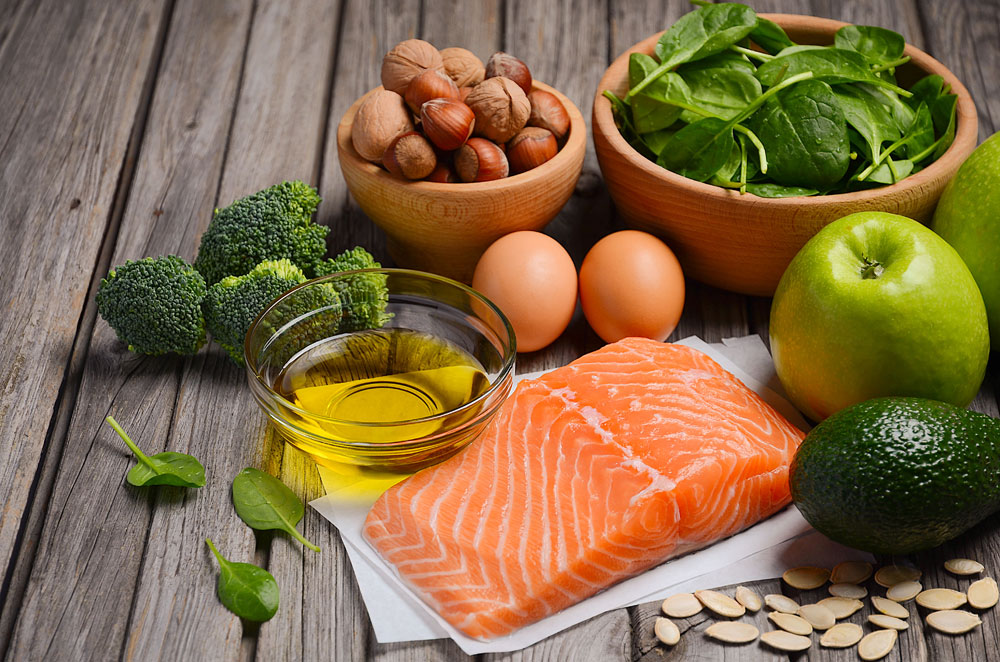
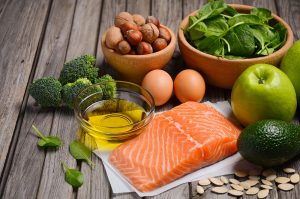 Although two-thirds of Americans are overweight or obese, a handful of skinny people—including many athletes—feel very frustrated by their seeming inability to gain weight. Their struggle to bulk up is on par with that of over-fat folks who work hard to lose weight. Add in rigorous training for a marathon, soccer team, or other sport, and scrawny athletes can feel at a disadvantage, fearing that no matter how much they eat, they’ll get even skinnier.
Although two-thirds of Americans are overweight or obese, a handful of skinny people—including many athletes—feel very frustrated by their seeming inability to gain weight. Their struggle to bulk up is on par with that of over-fat folks who work hard to lose weight. Add in rigorous training for a marathon, soccer team, or other sport, and scrawny athletes can feel at a disadvantage, fearing that no matter how much they eat, they’ll get even skinnier. 4. Drink lots of 100% fruit juice and low-fat (chocolate) milk. Instead of quenching your thirst with water, choose calorie-containing fluids. By having milk with each meal, you can easily add 300 to 600 wholesome calories a day. One high school soccer player gained 13 pounds over the summer by simply quenching his thirst with six glasses of cranapple juice instead of water (1,000 vs. 0 calories). He consumed the fluid he needed (juice is 98% water) and bonus of more carbohydrates to refuel his depleted muscles, plus a good dose of vitamin C to enhance healing.
4. Drink lots of 100% fruit juice and low-fat (chocolate) milk. Instead of quenching your thirst with water, choose calorie-containing fluids. By having milk with each meal, you can easily add 300 to 600 wholesome calories a day. One high school soccer player gained 13 pounds over the summer by simply quenching his thirst with six glasses of cranapple juice instead of water (1,000 vs. 0 calories). He consumed the fluid he needed (juice is 98% water) and bonus of more carbohydrates to refuel his depleted muscles, plus a good dose of vitamin C to enhance healing.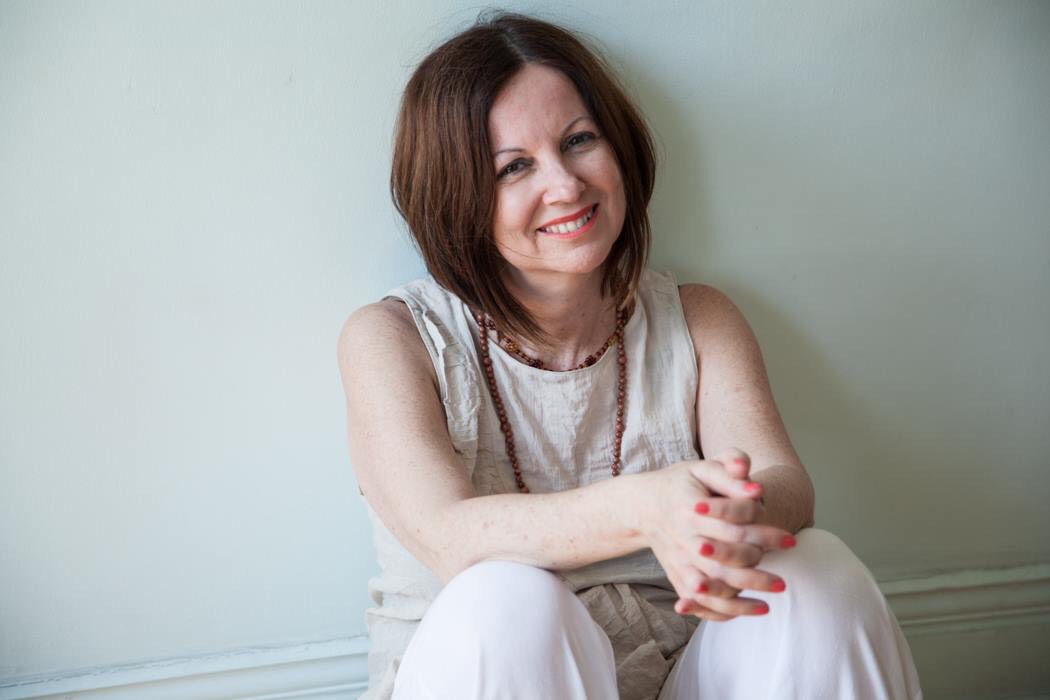
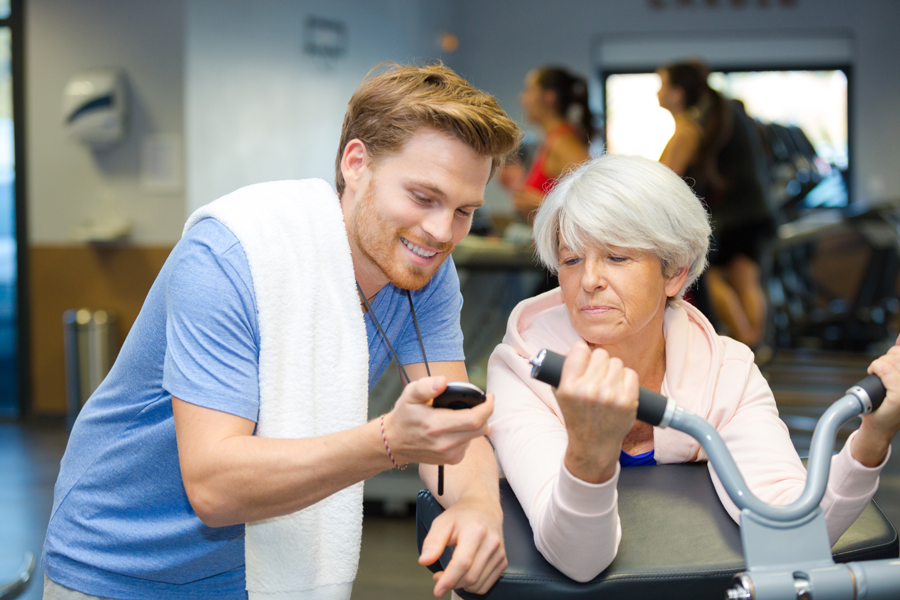

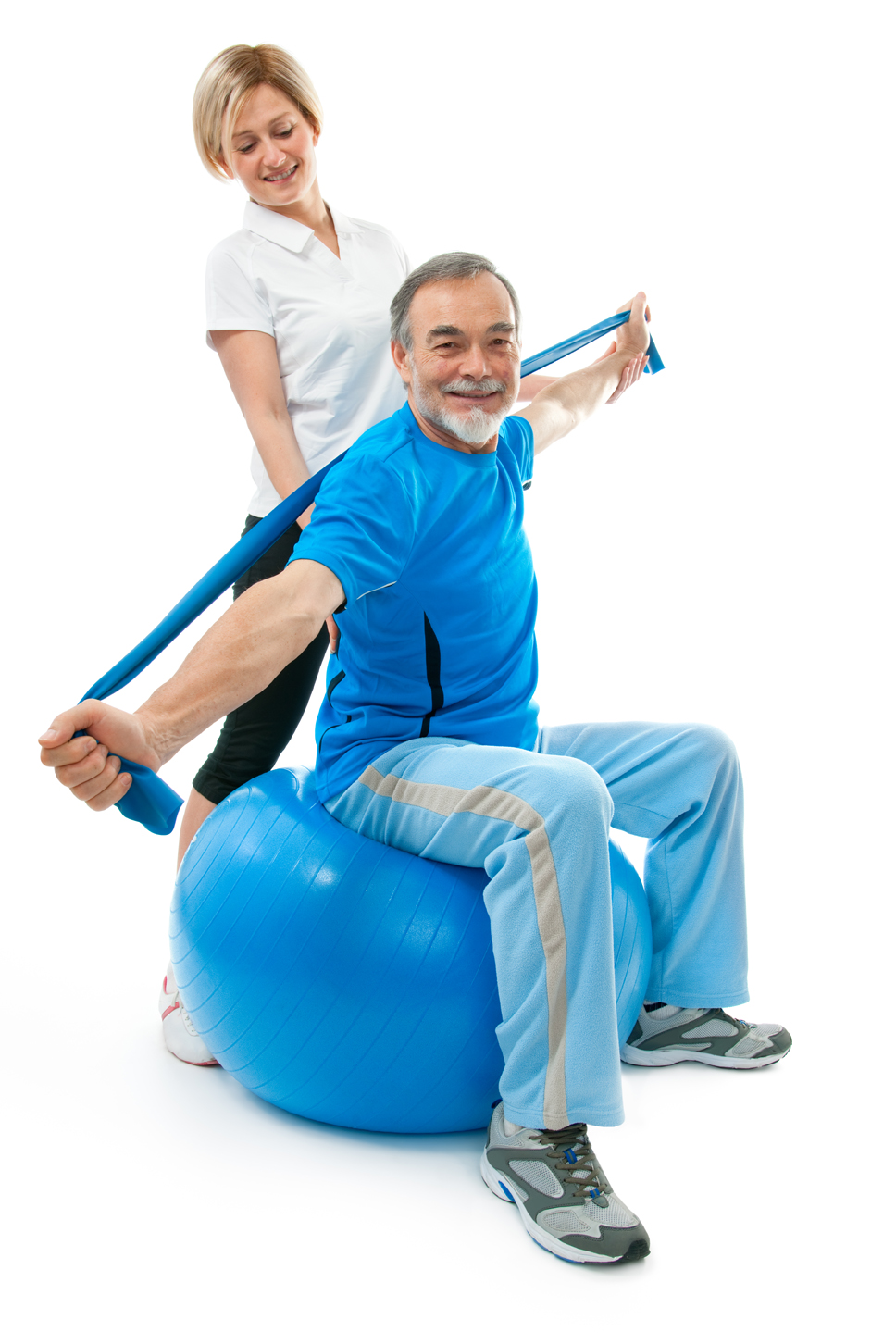


 More than 100 years ago, floats began parading along New Orleans’ streets – from the Krewe of Alla to the Krewe of Zulu – as a way to entice business men to establish roots in the city and bring wealth to an area affected by the Civil War. The annual celebration is a carnival full of festivities. Another aim is to bring awareness to social justice issues such as black lives, sexual liberation and female empowerment.
More than 100 years ago, floats began parading along New Orleans’ streets – from the Krewe of Alla to the Krewe of Zulu – as a way to entice business men to establish roots in the city and bring wealth to an area affected by the Civil War. The annual celebration is a carnival full of festivities. Another aim is to bring awareness to social justice issues such as black lives, sexual liberation and female empowerment. Our orientation to the world, one that directly informs our own and others’ identity, could shift away from a diseased medical model and toward a mindfulness-based construct of old age.
Our orientation to the world, one that directly informs our own and others’ identity, could shift away from a diseased medical model and toward a mindfulness-based construct of old age.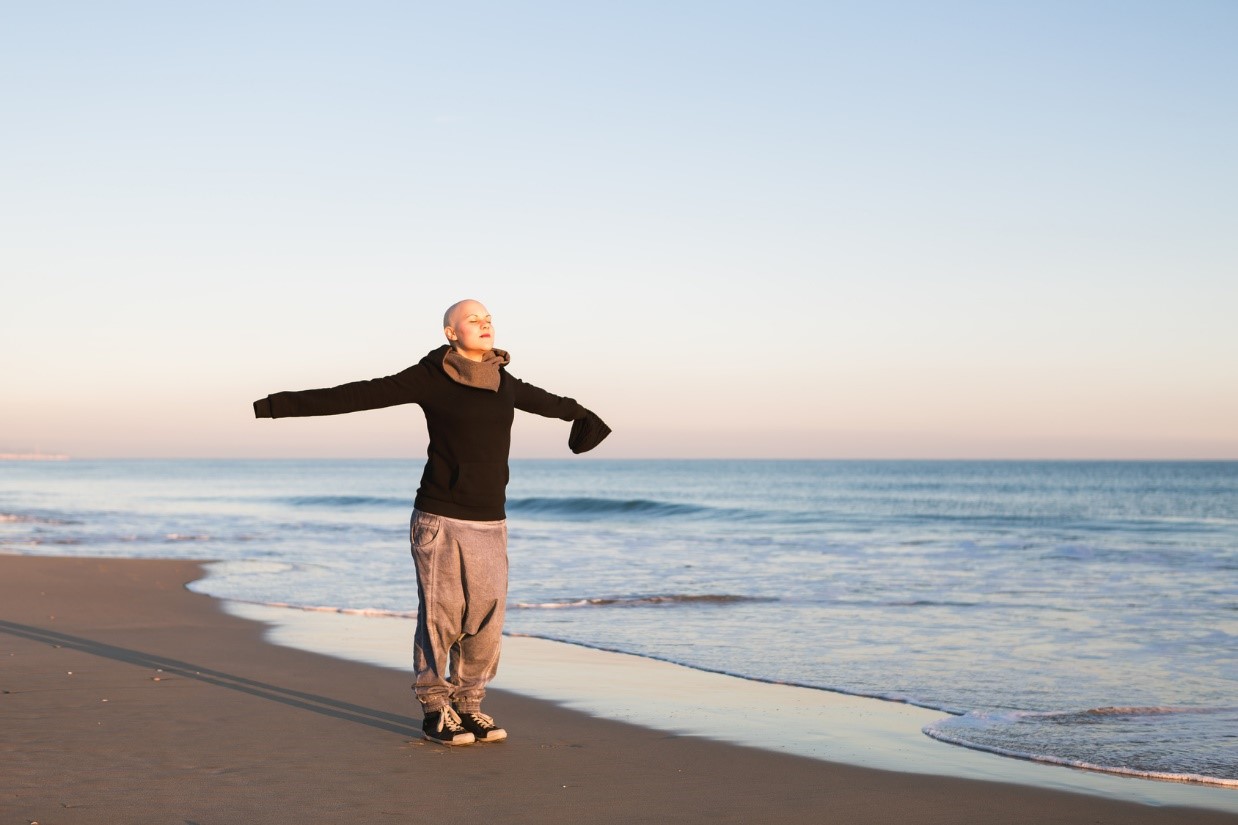
 We all consider the undesirable aspects associated with cancer and think to ourselves how lucky we are not to have that added stress in our life. But what about those who are diagnosed with cancer?
We all consider the undesirable aspects associated with cancer and think to ourselves how lucky we are not to have that added stress in our life. But what about those who are diagnosed with cancer?